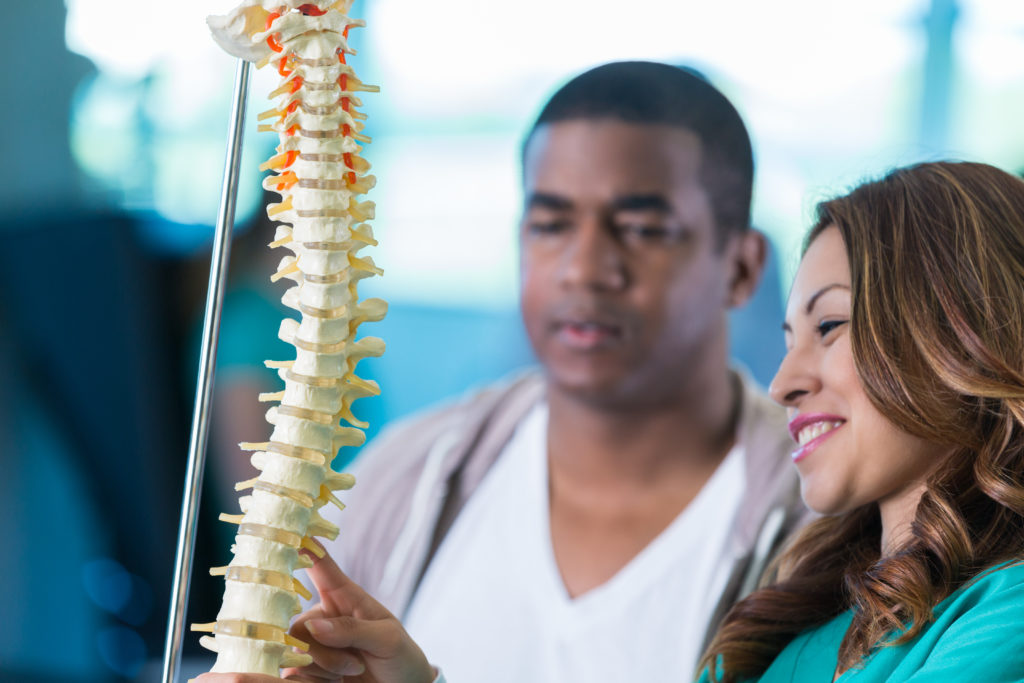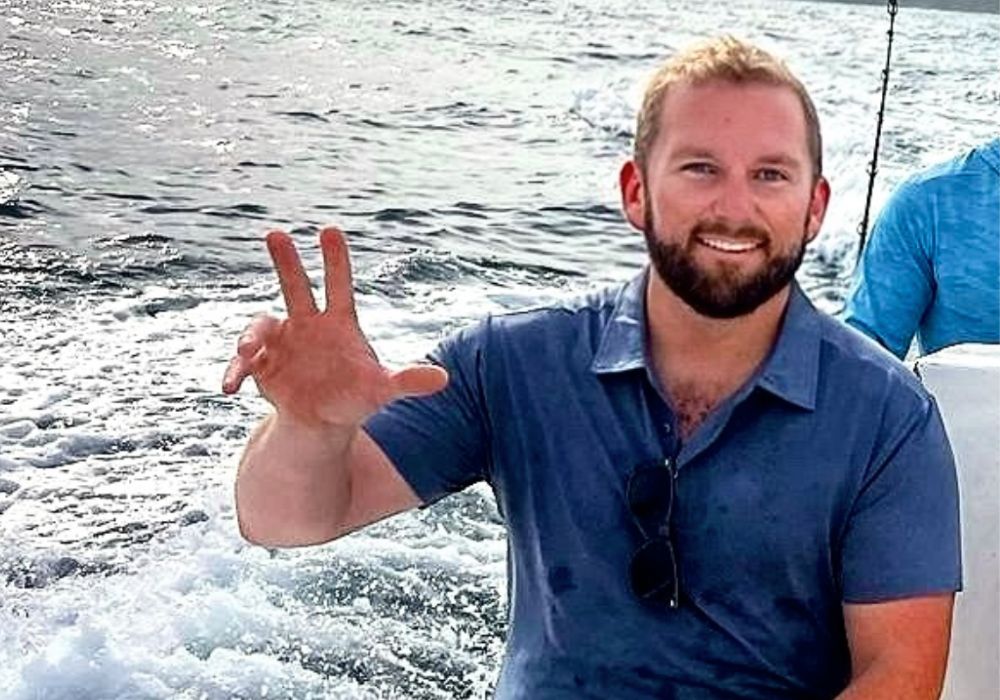THIS POST IS PART OF THE ULTIMATE GUIDE TO BACK PAIN RELIEF
Cervical myelopathy or spinal cord compression is a degenerative disease within the spinal cord running through the neck . It is most commonly caused by pressure on the spinal cord. As we age, we can develop bone spurs, arthritis and disc bulges. All of these can intrude into the space of the spinal cord. The spinal cord is quite sensitive to pressure, such that if it becomes squeezed it may begin to have difficulties functioning and can become damaged.
Anatomy
The spine is made up of 24 bones, called vertebrae, which are stacked on top of one another. These bones connect to protect the spinal cord. The seen small vertebrae that begin at the base of the skull and form the neck make up the cervical spine.
Your spinal cord and nerves travel through the spinal canal carrying messages between your brain and muscles. The intervertebral discs between your vertebrae are flexible, flat and round discs and are about a half-inch thick. They act as shock absorbers when you walk or run.
Cervical spinal stenosis, also called cervical stenosis, occurs when the neck’s protective spinal canal narrows due to degenerative changes or trauma. If the space within the spinal canal is reduced too much, neurologic deficits can result from spinal cord compression, a condition called myelopathy.
What causes cervical myelopathy?
Cervical myelopathy results from worsening changes that occur in the spine as we age. These changes in the discs are often called arthritis or spondylosis. These changes are typical and occur in everyone. Nearly half of all people middle-aged and older have worn discs that do not cause painful symptoms.
Cervical spondylotic myelopathy can arise from bone spurs, a herniated disc, arthritis or an injury to the neck.

What are the symptoms of cervical myelopathy
People can experience one or many symptoms if they have cervical myelopathy. Common experiences include:
- Hand numbness
- Arm pain
- Weakness in the hands
- Loss of coordination in the legs or the hands
- Difficulty walking
- Neck pain
How is cervical myelopathy diagnosed?
To determine whether you have cervical spondylotic myelopathy, your physician will ask you for a complete medical history and conduct a physical examination. An X-ray, CT scan, MRI or myelogram can confirm the diagnosis.
Make an appointment with an OrthoIndy spine surgeon
Treatment
- Surgery: If it is caused by compression in the neck, the recommendation is to have the pressure alleviated with surgery. Spinal cord compression has a tendency to worsen. It’s better to prevent damage than to wait for damage to occur and then hope for a recovery.
- Medications:
- Nerve medications, like Gabapentin and Lyrica, may ease some of the symptoms of spinal cord compression or damage.
- Anti-inflammatories, such as Motrin and Aleve, may be helpful. They function to reduce the inflammation on the nerve, just as steroids do, but they are not as strong as a steroid.
- Pain medications such as Percocet and Norco tend to not reduce nerve pain.
Make an appointment with an OrthoIndy non-operative pain management physician.
Learn more about treatment options for neck and back pain at OrthoIndy.
Schedule an appointment
Your well-being is important to us. Click the button below or call us to schedule an appointment with one of our orthopedic specialists. If your injury or condition is recent, you can walk right into one of our OrthoIndy Urgent Care locations for immediate care. For rehabilitation and physical therapy, no referral is needed to see one of our physical therapists.

Get the Ultimate Guide to Back Pain Relief
Our comprehensive guide will help you understand back pain and its different causes, like sciatica, herniated disk, scoliosis, pinched nerves and more.





